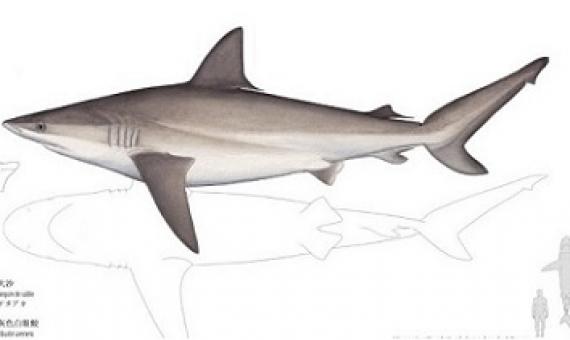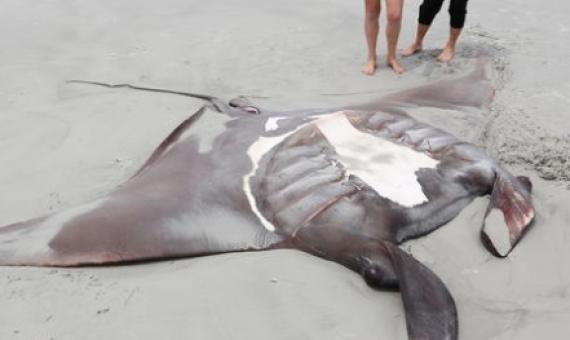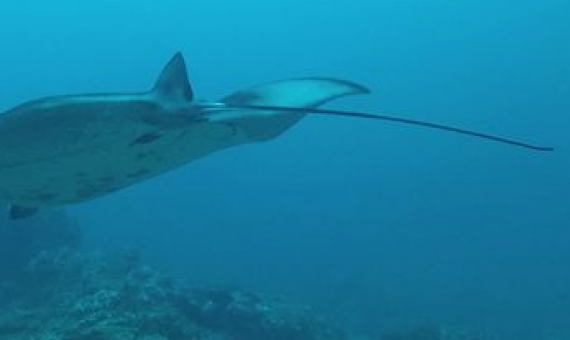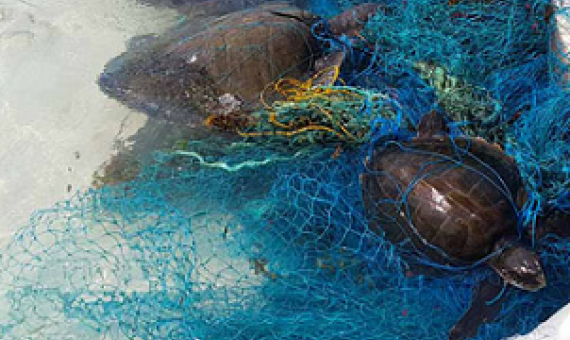A new field guide should help crew of tuna vessels and observers to correctly identify 44 kinds of sharks and rays that are accidentally caught during tuna fishing in the Western and Central Pacific Ocean (WCPO).
The sharks and rays of the Solomon Islands
Sharks and rays are facing increasing anthropogenic pressure globally, including in the Pacific. However, data on their status and biodiversity are lacking for many Pacific Large Ocean Island States. This study aimed to construct a species checklist for the sharks and rays occurring in the Solomon Islands, review the human interactions with these species, and present a synthesis of their conservation status.
A giant oceanic manta ray washed up on a Northland beach on Thursday. The sea creature is more than 4m wide and is estimated to weigh about 1.5 tonnes.
Countries have agreed to strengthen protections for 18 threatened species of sharks and rays, including those hunted for their meat and fins.The proposal was passed at the Convention on International Trade in Endangered Species (CITES) on Sunday.
RAPID ASSESSMENT TOOLKIT FOR SHARKS AND RAYS
This Toolkit offers a suite of simple tools for collecting the sound scientific data needed for the conservation and sustainable management of shark and ray populations. The kit has been designed for use in regions with limited capacity and resources, and it contains practical step-by-step guidelines for collecting data by a range of methods. Appropriate tools can be selected depending on the particular data gaps relevant to local waters.
A PRACTICAL GUIDE TO THE EFFECTIVE DESIGN AND MANAGEMENT OF MPAs FOR SHARKS AND RAYS
This Guide has been produced to provide practical, science-based advice on how to maximize the effectiveness of both new and existing shark and ray MPAs, to ensure these animals are protected now and far into the future. While it will be of interest to anyone wanting to know more about the subject, it’s particularly aimed at:
● Authorities responsible for marine habitat and species protection
● National fisheries managers
● Regional fisheries management organizations (RFMOs)
● NGOs and other conservation practitioners
New research finds that thousands of sharks and rays could be entangled in the plastic polluting Earth’s oceans. Scientists at the UK’s University of Exeter examined existing scientific literature and took to Twitter to find documented instances of shark and ray entanglements.
As the plight of sharks and rays around the world worsens, James Cook University and WWF have launched the first-ever guide aimed at getting the best out of areas designed to protect them, and avoiding the mistakes of the past.Click on the link below to read the full article.











